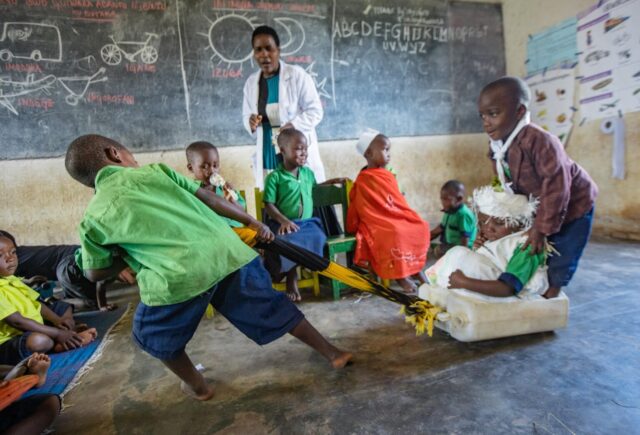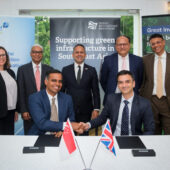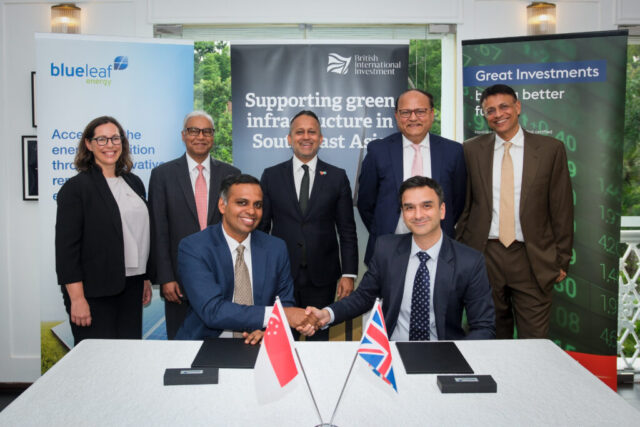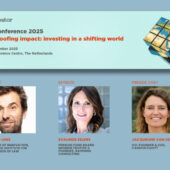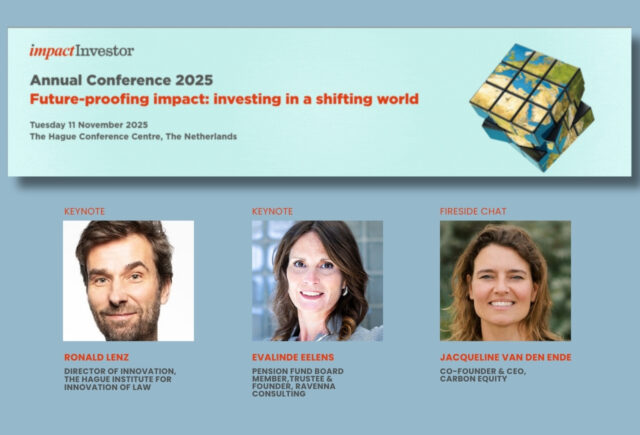A Cardano study has explored new ways to monitor biodiversity impact, and raises the prospect of using eco-acoustics to measure investee progress in achieving biodiversity goals.
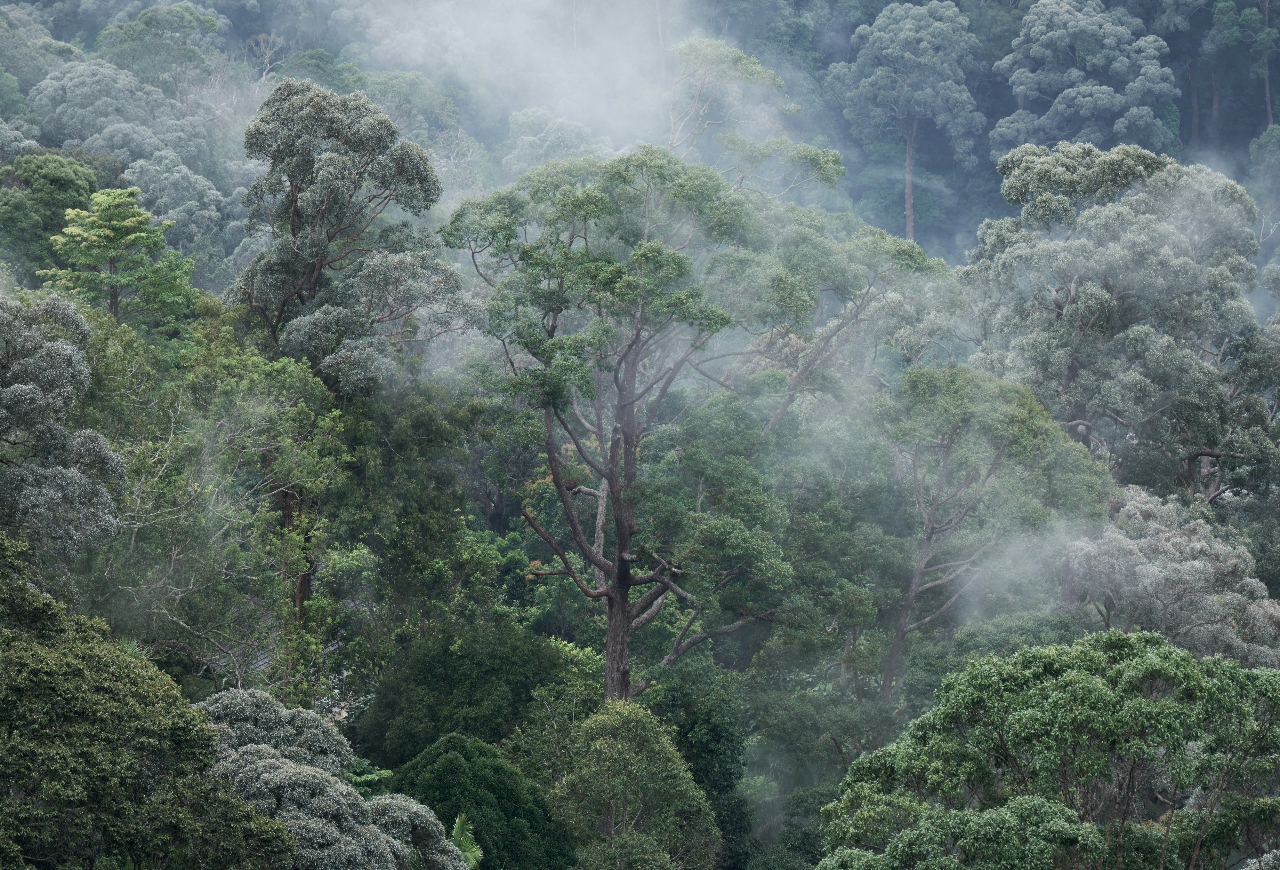
Earlier this year, Anglo-Dutch asset manager Cardano published the results of a 2024 eco-acoustics study. The aim was to demonstrate that large-scale, cost-effective biodiversity monitoring is possible across geographies and ecosystems. This approach offers a way for portfolio companies to improve the transparency of their biodiversity impact, and allows for the measurement of progress around conservation efforts.
Eco-acoustics has been described as an interdisciplinary science that investigates natural and anthropogenic sounds and their relationships with the environment over multiple scales of time and space. The Cardano initiative was in fact the second eco-acoustics study by the company, run in partnership with Fidelity International , Goldman Sachs Asset Management and Nomura Asset Management, following an earlier study in 2022. Both were conducted with French nature-based research consultancy, Green Praxis, explains Greta Fearman, head of stewardship at Cardano.

“The first study was on a smaller scale and over a shorter timeframe, and whilst it generated promising results, we decided on a second study to demonstrate consistency and that results could be generated at scale. So, it was about improving the research methods, improving the analysis, and improving the findings,” says Fearman.
Research approach
Green Praxis, which describes itself as a digital laboratory and uses data science and environmental engineering to provide environmental diagnostics for its clients, conducted research for the second study over a period of three weeks in Malaysia’s Perak state.
The research was done in partnership with an unnamed palm oil company that had made conservation efforts to improve its biodiversity impact on land that had previously been cultivated for oil palm. The research team used a high-end acoustic recorder and AudioMoth, a low-cost, open-source acoustic monitoring device developed by UK-based Open Acoustic Devices. Both recorders were used across 30 plots of land, divided equally between a production area and a conservation area – both of which are managed by the palm oil company – and a control area, located in the Ulu Kinta Forest Reserve, a pristine tropical rainforest.
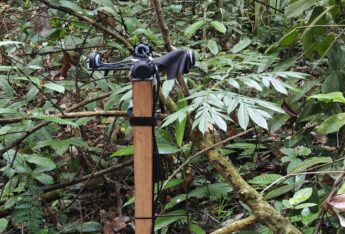
“We were able to set up many more recorders for the second study to generate more data and improve the accuracy of readings,” says Fearman.
“But, perhaps, the biggest difference was that we could gain access to an untouched forest reserve in the Central Forest Spine of Malaysia, home to some of the world’s oldest forests. Using this as a control plot was invaluable to the research,” she adds.
Results from the study
Green Praxis integrated machine learning software into the recordings produced by both devices to automate habitat classification and biodiversity scoring, which Cardano said proved useful in accurately distinguishing between the production area, conservation area and pristine forest plots.
“The GreenPraxis scientists took several weeks on the analysis, training the machine learning models to process the recordings and recognise patterns of sounds,” says Fearman, who explains that the aim wasn’t to identify individual species but rather to distinguish between different sounds made by various species in order to measure the richness and abundance of biodiversity.
Across all plots and over the course of the data collection period, the two recorders were also placed next to each other to more accurately compare their readings.
“The higher-end devices offer a more sensitive recorder but are around 15 times more expensive, so, the aim was to see if the AudioMoth could track similar enough results to be able to scale the eco-acoustics technology,” says Fearman.
Using spectrograms, which allow for the visualisation of sound, GreenPraxis analysed the recordings and found that both devices generated a strong consistency of results, proving AudioMoth recorders to be just as reliable as the more expensive devices.
“As a cheaper technology there is less of a security risk, and it can be left for extended periods of time gathering data in the field where we don’t have to be. The positive results open up the prospects for wider adoption of the technology in the future.”
Overall, the study found that the conservation plots exhibited biodiversity levels that were halfway between those of the pristine and production plots. This suggests effective restoration efforts in the approximately 10 years since the conservation plots were established, while the plots in the forest reserve had unique features that were not present in production land.
For example, analysis of bird species revealed that over two-fifths (41%) found in pristine plots were unique. While conservation areas shared approximately half (50%) of their species with both production and pristine plots, pristine and production plots had minimal overlap.
Scalability
One of the most widely-known uses of eco-acoustic technology is in marine ecosystems, to monitor the impacts of human activity and climate change, particularly on cetaceans such as dolphins and whales. But for this study, palm oil production land was chosen because the supply chain is more traceable, providing a greater opportunity to take action to reduce biodiversity impact, according to Fearman.
“We were familiar with the palm oil industry from our engagement work on deforestation which predated the studies. But we also chose palm oil because the supply chain is among the most traceable. We can connect the producers to retailers and to consumer brand companies sourcing from the retailers. With other commodities the supply chains are more opaque,” says Fearman.
She also points out that eco-acoustic technology has the potential to be used in a much wider range of sectors to measure biodiversity impact. “I think it can be used in projects like mine sites, oil and gas development or utilities. Basically, any large industrial project.”
Fearman also believes that AudioMoth and similar devices can offer the benefit of continuous measurement. “[They] can capture the presence of species using sound rather than having to see them with your own eyes and count them. With that approach you risked missing so much.”
“Eco-acoustics allows you to detect changes to biodiversity in real-time and can uncover damaging activities like deforestation much more quickly. It’s non-invasive, it’s scalable and it’s relatively inexpensive,” she adds.
Biodiversity impact measurement
Eco-acoustics is one of several technologies that can be used to measure and monitor biodiversity to help firms take action to reduce the impact of their activities. Impact Investor has previously profiled NatureMetrics, a UK-based startup whose environmental DNA technology is able to produce data on thousands of species at once by collecting, detecting and analysing tiny traces of DNA in water and soil samples. Geodata is another technology that Fearman says offers great potential.
“I think what’s really interesting from an ecosystem perspective is to combine large-scale monitoring using satellite imagery, where you can look over the land and really see changes in vegetation or changes in land use, with on-the-ground monitoring using eco-acoustics to measure the soundscape, to really hear what’s happening from a biodiversity perspective. But, once you have that data, the ultimate goal is to take action,” she says.
Fearman says that in recent years, she has seen growing demand from pension fund and insurance clients to see the results of Cardano’s engagement work with its portfolio companies in relation to biodiversity, but that companies themselves are also demonstrating a greater commitment to measuring their impact on biodiversity and a willingness to share the results of their actions.
“We are seeing more companies engaged in biodiversity assessments, including pre-project so they can compare the impact of their activities on nature over time,” she says.
She highlights the growing pressures on companies to prove no net loss of biodiversity from their activities and improve the transparency in their supply chains in order to meet global biodiversity goals.
“I think this tool can really be helpful to them.”

